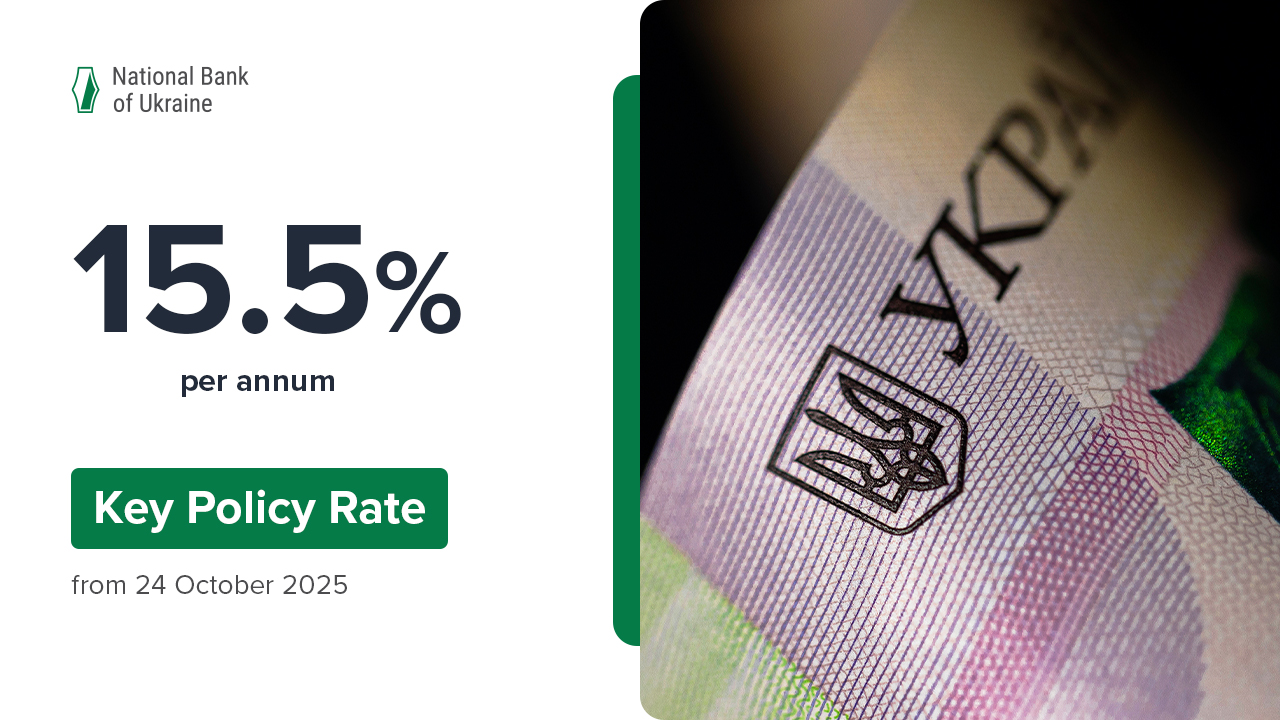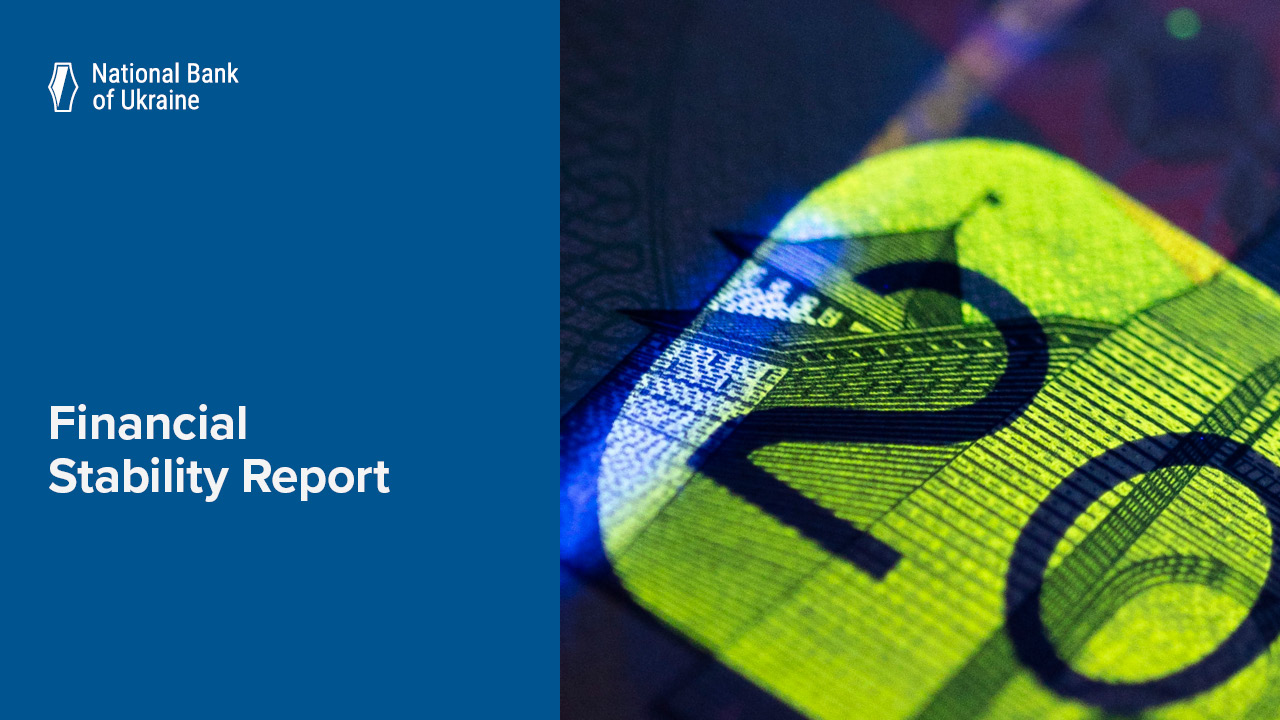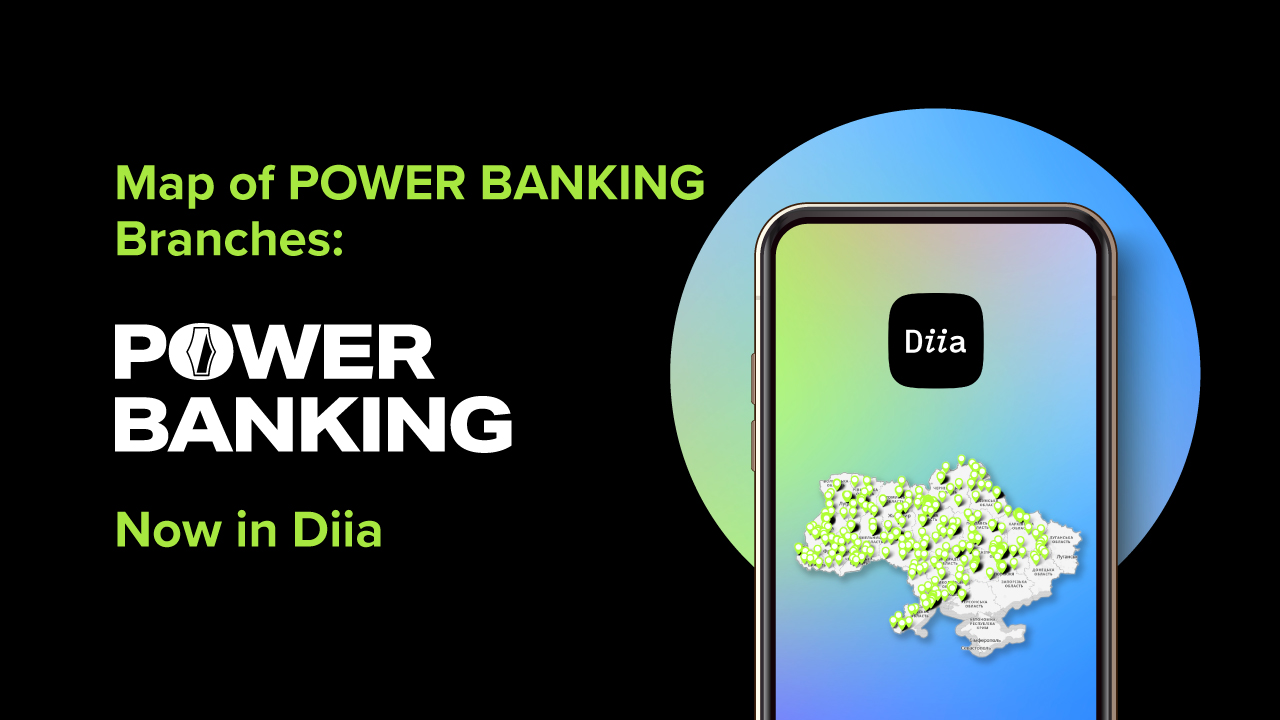This step was made towards harmonization of national laws with EU Directives, specifically with Directive 2014/59/EU establishing a framework for bank recovery and resolution (BRRD), which is one of Ukraine’s commitments under the EU–Ukraine Association Agreement. Implementation of the BRRD covers a conceptual change in the approach to recovery and resolution of Ukrainian banks and requires amendments to laws.
The task force of representatives of the National Bank of Ukraine (NBU), the Deposit Guarantee Fund (DGF) and the World Bank has suggested key measures for improving effective laws and brining the legal framework in line with the BRRD as set out in the Note on Key Recommendations.
This document highlights main aspects of the future mechanism of recovery and resolution of banks that will enhance financial stability and ease the burden for taxpayers.
“During the banking crisis of 2014–2016, a successful solvency recovery of banks was rare. Such process was impossible since the regulator did not have the authority for early intervention and due to late triggers for classifying banks as problem or insolvent banks,” noted Kateryna Rozhkova, the First Deputy Governor. “For this reason, the mechanism for recovery and resolution of banks requires improvements to ensure better readiness for potential financial challenges and to establish more powerful government mechanisms for anti-crisis management.”
One of the measures covers introduction of the mechanism for forward planning of recovery and resolution of banks. In particular, banks will be required to draft a recovery plan during the respective transition period with lesser requirements to such plans for small banks. At the same time, the DGF will develop a resolution plan. Forward planning and early intervention mechanism will enable real recovery of banks, limit the use of taxpayers’ funds for recovery of insolvent banks and, respectively, prevent adverse impact on financial stability in general.
Furthermore, a mechanism for early detection of banks’ issues is suggested alongside immediate implementation of recovery measures. Amendments to the legal framework will authorize the NBU to take actions earlier, i.e., at the stage when a bank continues to comply with ratios, however, its quantitative and qualitative indicators show actual or possible deterioration of the financial standing. Such measures may include partial/full suspension or change of bank’s management, change of the organizational structure or the operational strategy of a bank, etc.
The current stages of a “problem bank” and a “temporary administration” are suggested to be combined in a new stage within the NBU’s early response. This will enable the NBU to take actions, before the bank becomes insolvent. Immediate response is expected to provide the DGF with more options to consider alternatives to bank liquidation.
In particular, the instruments for resolution are suggested to be improved. The revised legal framework will cover bank’s resolution while a bank is still operational and ensure performance of bank’s critical functions. Onwards, the resolution mechanism is to be implemented without drawing on public funds, e.g., by mandatory write-down and conversion of equity instruments or bail-in, that is, by conversion into equity of bank’s liabilities, in particular liabilities to institutional creditors of a bank under interbank loans and to holders of debt instruments. At the same time, such instrument as a bridge bank could be used in individual cases during a short-term period, when probability to find a buyer is high.
“According to the international practice, the revised resolution mechanism will lift the burden of main expenses from taxpayers, since the effectiveness of this mechanism lies primarily in shareholders’ absorbency of losses inflicted by bank’s insolvency,” explained Andrii Olenchyk, the DGF Deputy Managing Director. “Besides, the new mechanisms in line with the BRRD will advance information exchange between the NBU and the DGF. Such exchange should be in real time or as close to real time as possible in order to provide the DGF with complete information.”
“Bringing Ukrainian law in line with the EU Bank Recovery and Resolution Directive will ensure banks’ resolution in Ukraine with minimum impact on the economy and public finances,” said Satu Kahkonen, the World Bank Country Director for Belarus, Moldova, and Ukraine. “This will protect financial stability and decrease expenses of taxpayers.”








